WP_Post Object
(
[ID] => 8592
[post_author] => 20
[post_date] => 2024-10-16 19:39:03
[post_date_gmt] => 2024-10-17 01:39:03
[post_content] =>
This past September, Saskatchewanian - and U of R alum - Tracy Muggli BSW'88 was sworn in to the Senate. Over her impressive career, Senator Muggli has dedicated herself to improving health and wellness outcomes in Saskatchewan. In addition to her years of service as a social worker, Senator Muggli served as Director of Mental Health and Addiction Services for Saskatoon Health Region, and more recently as Executive Director of St. Paul's Hospital in Saskatoon. Her commitment to volunteerism includes work with Saskatoon Open Door Society, Saskatoon Community Foundation, Saskatchewan Intercultural Association, the University of Regina Alumni Association Board, and others. In recognition of her dedicated service to community, Senator Muggli has received a Queen Elizabeth II Platinum Jubilee Medal, a YWCA Woman of Distinction Award, and the Premier's Award for Excellence in Public Service. Senator Muggli took time from her busy schedule as a newly minted senator to chat with Degrees about her earliest influences, how the field of social work is changing, and what she hopes to achieve while serving on the Senate of Canada.
You've dedicated your working life to public service: through your work in helping to provide public healthcare, advocating for the wellbeing of children, and active volunteerism on many boards and committees. What drew you to a life in service to community?
I grew up in a small community - Muenster, Saskatchewan - and in small towns, you have to take part as a volunteer in your community in order to thrive as a community. It was an expectation growing up that everyone needs to do their part and pull their weight. My parents were my primary role models and they volunteered a lot. They gave a lot to the community, most notably in the curling community, and their three children (myself, my sister and brother), were given the same expectations.
What do you think has changed in the way we try to serve community since you graduated from the U of R? How do you think the challenges faced by social workers have changed?
I think one of the biggest changes has been the Truth and Reconciliation Commission's work, where, as social workers, we are challenged to understand the truth. To really understand is to listen and recognize the traumatic experiences of colonization. I think this is one of the biggest pieces for social workers. There are a number of people in our profession that are embracing that challenge, and taking action to do the right thing. One critical aspect is the movement towards First Nations child welfare management, where we're seeing arrangements for First Nations to manage their own child welfare. And the other is to understand what it means to be trauma-informed in service delivery - recognizing root causes, which in so many cases are about racism and poverty - and how we can do better in bringing forward solutions to address poverty and racism. I really think there's been a lot of growth in that area.
How do you think your time at the University of Regina helped to lay a foundation for your career and the life that you've built for yourself?
The profession of social work is very much founded within a code of ethics and its core values, and one of the key tenets of that is the promotion of social justice, so my time at the University of Regina Faculty of Social Work really helped me to be able to appreciate the social, economic and socio-political context in which people live in our world. It promoted critical thinking, and it gave me the opportunity to see outside of the insulated world in which I lived. So, I'd say that my U of R degree really set the stage for where I am now because it helped me in my understanding that policy is such a big driver in terms of how our society functions - and how people thrive or don't thrive. Everything that happens in our daily lives is because some politician or group of politicians have made policy decisions, ranging from how we receive health services, to whether or not we have paved roads, to who has rights and who doesn't have rights. The U of R is where I began my learning that the personal is political.
What do you hope to achieve as you take on the role of Senator?
Once I get my feet under me and develop a more thorough understanding of the procedures and processes of Senate, I certainly hope to utilize my social work values, particularly that of social justice - using that lens of equity and human rights to ensure that laws passed in Senate do not harm the people of our country. I'm looking forward working collaboratively with my fellow Senators from Saskatchewan to bringing forward policy that's good for Saskatchewan people. We have the opportunity to be mindful of what our province needs to thrive and to find a common ground that serves everyone, and that we create policy and laws that do not discriminate, but rather enhance opportunities and resources for people to thrive in our country. I hope to amplify my voice on behalf of those who don't always have a voice.
Top: Senator Tracy Muggli BSW'88. Photo © Senate of Canada / © Sénat du Canada
[post_title] => Degrees Interview: Senator Tracy Muggli BSW'88
[post_excerpt] =>
[post_status] => publish
[comment_status] => open
[ping_status] => open
[post_password] =>
[post_name] => degrees-interview-senator-tracy-muggli
[to_ping] =>
[pinged] =>
[post_modified] => 2024-10-19 13:48:24
[post_modified_gmt] => 2024-10-19 19:48:24
[post_content_filtered] =>
[post_parent] => 0
[guid] => https://www.degreesmagazine.ca/?p=8592
[menu_order] => 0
[post_type] => post
[post_mime_type] =>
[comment_count] => 0
[filter] => raw
)
WP_Post Object
(
[ID] => 8644
[post_author] => 20
[post_date] => 2024-10-17 12:19:15
[post_date_gmt] => 2024-10-17 18:19:15
[post_content] =>
The 70s
Of all the things that Linda Vail Dodd learned at the University of Regina, one of the most valuable was how to turn archrivals into teammates. Fifty years later, those same teammates have become lifelong friends she still meets with at least once a year. "We came from fairly diverse backgrounds and there we all were, playing together," she says from her home in Regina. "It took a long time to get to know one another."
Read more
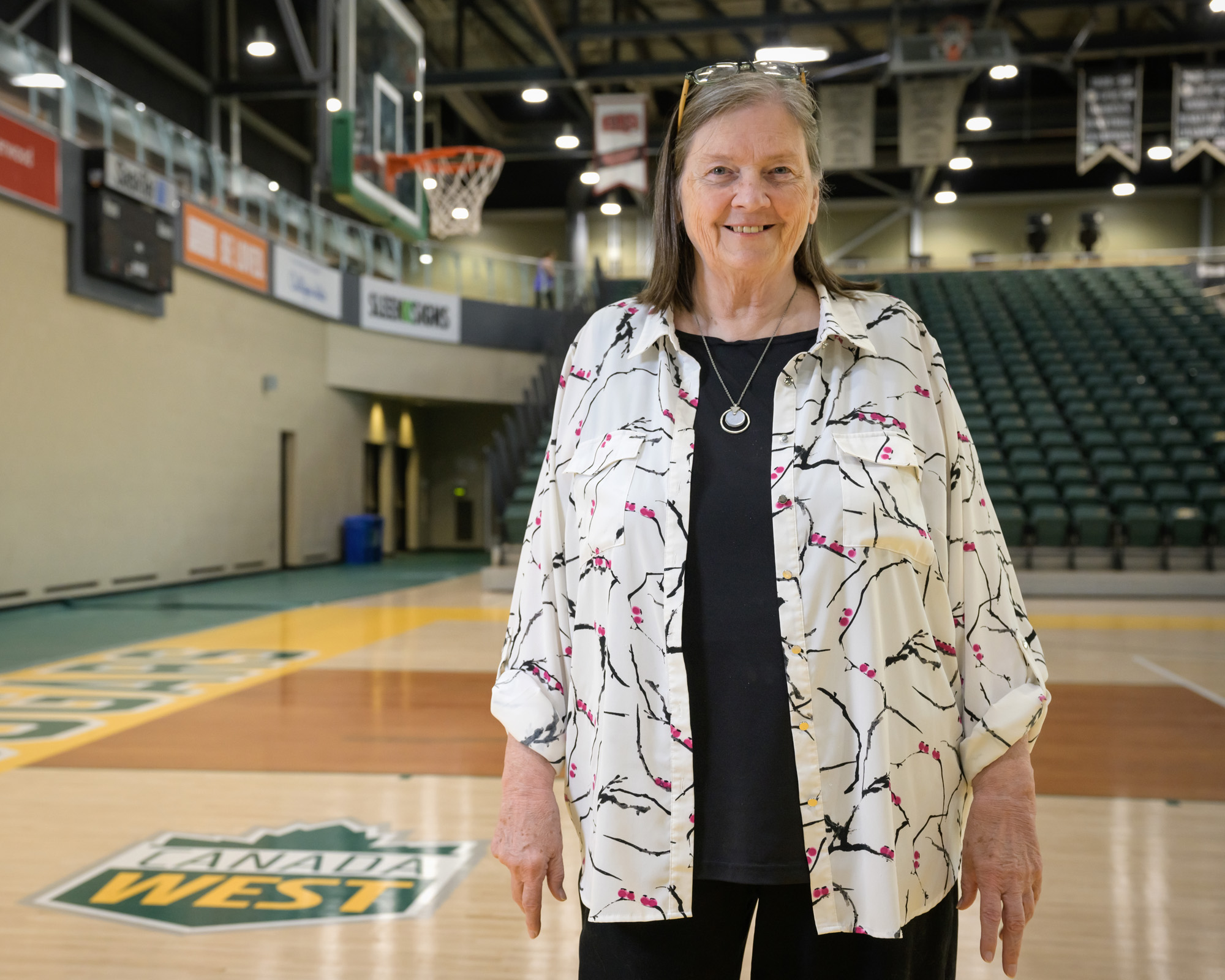
Linda Vail Dodd BEd'74
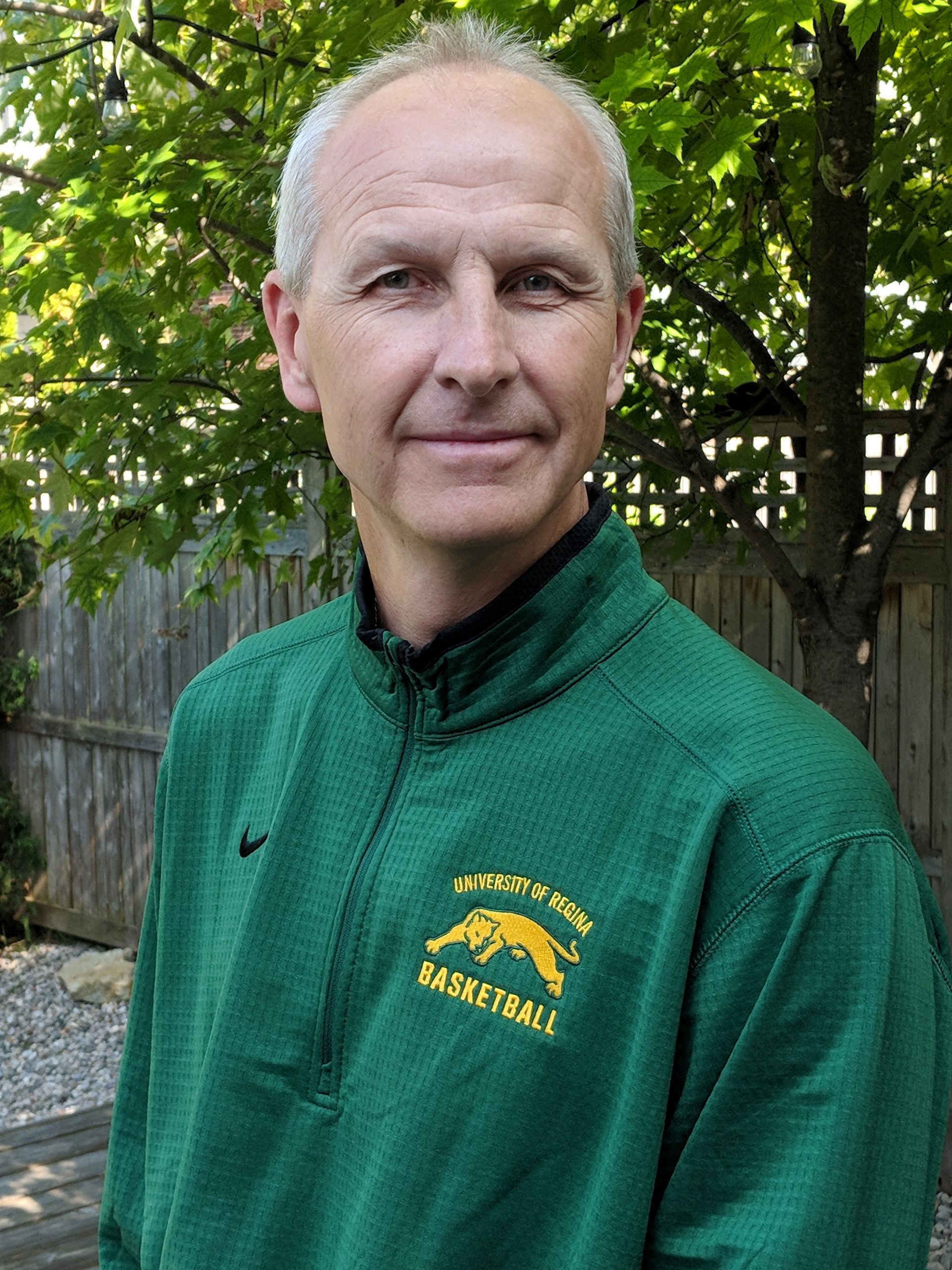
Chris Biegler BA'89, BASc'96. Photo: Leah Lawrence BASc'94
The 80s
Chris Biegler BA'89, BASc'96
There was a time when Chris Biegler BA'89, BASc'96 wasn't sure he would continue playing basketball. A conversation with University of Regina Cougars basketball coach Ken Murray changed that - and likely altered the rest of his life. Since joining the team in 1985, Biegler still hasn't left the basketball court - nor the connections and life experience basketball taught him.
Read more
The 90s
Hockey brought Darrin McKechnie BA(Adv)'93 to the University of Regina Cougars, but he left with more than just success on the ice - he gained valuable preparation for the future.
"I owe the program a ton," says McKechnie, looking back at the past few decades, which began with five years playing with the Cougars between 1988 and 1993. "I would never have guessed that this is the path that would present itself. I'm just a very, very lucky person."
Read more
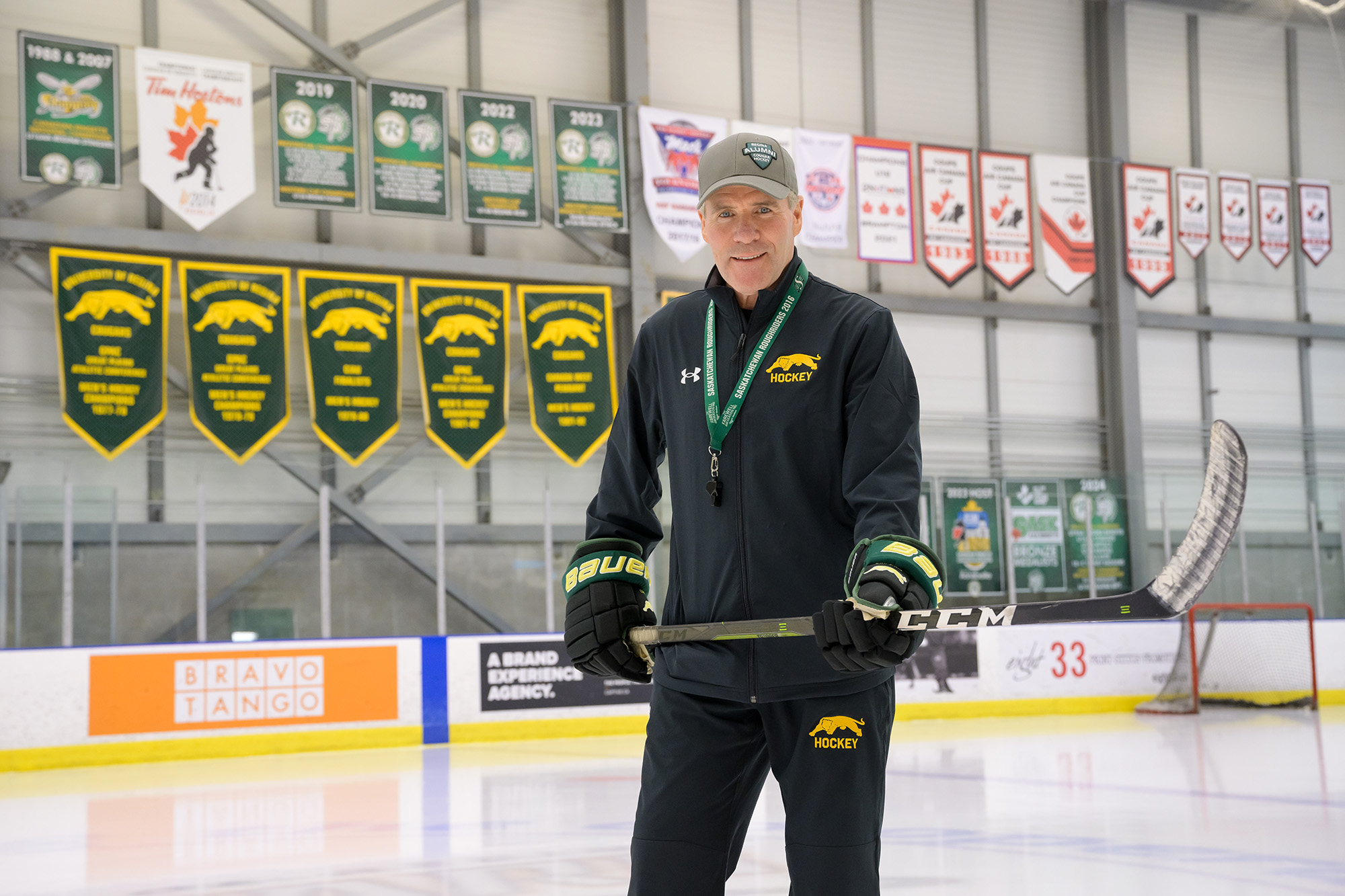
Darrin McKechnie BA(Adv)'93
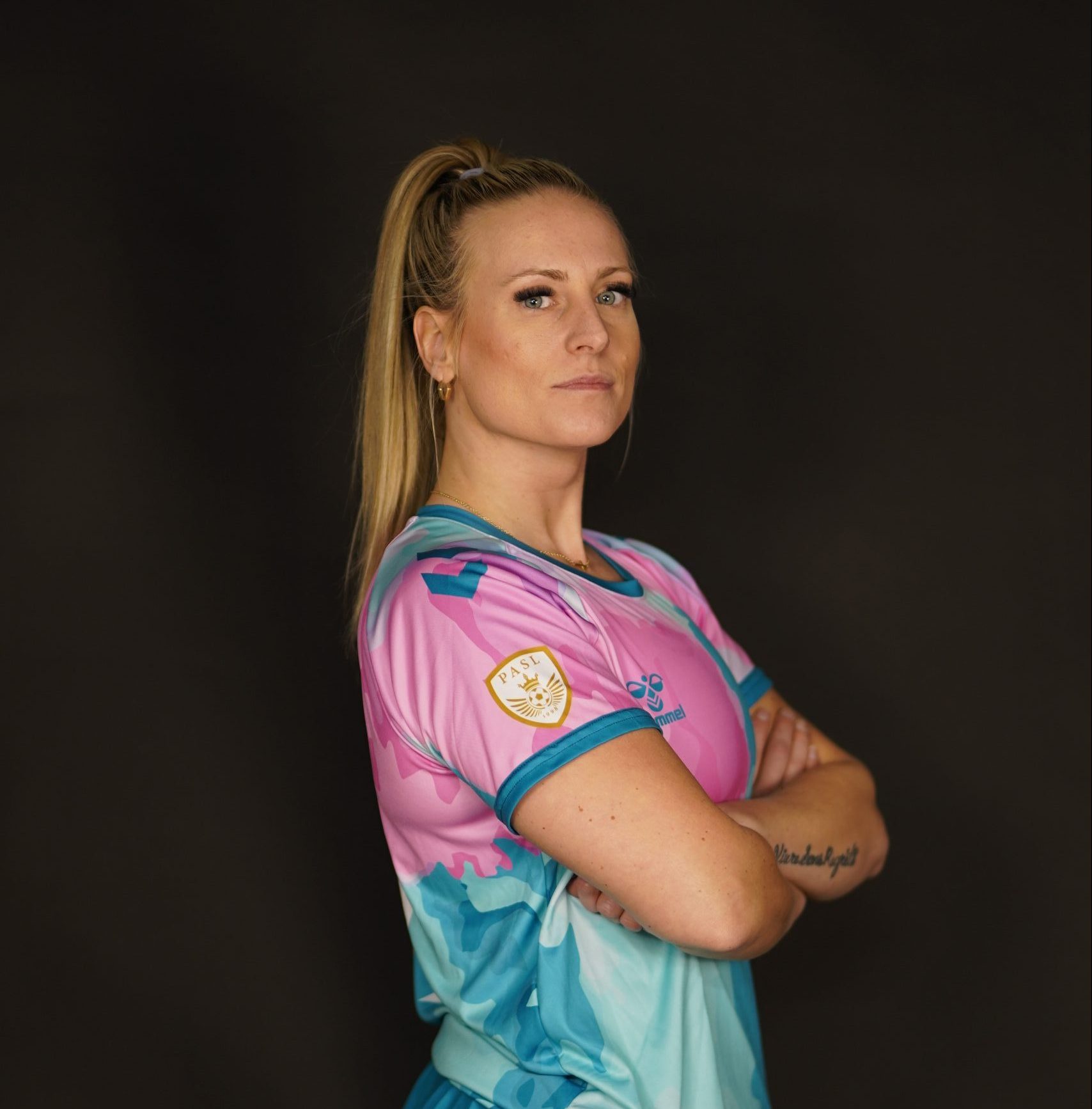
Meagan Cormier Hamilton BKin'16. Photo: Michael Hamilton
The 00s
When Meagan Cormier Hamilton joined the University of Regina Cougar women's soccer team in 2009, she had one goal - to play somewhere she knew she would continue to enjoy the game. She found that and so much more.
"They were the best years of my playing career," she says of her five seasons, which she finished in 2013 as the all-time leading career scorer, a record she still holds with 21 career goals and 12 assists. "Playing soccer created a work ethic and commitment for me, but playing with the U of R really pushed me outside of my comfort zone and challenged me to be better … it taught me to elevate every characteristic, every quality that I could, which now applies to running a business or being a wife or a mom or a friend."
Read more
The 10s
Seven years in the NFL, a Grey Cup ring, and multiple Canadian Interuniversity Sport awards are just a few unexpected turns on Brett Jones' road to medical school.
Jones attributes his success to the University of Regina and the Regina Rams, with whom he played from 2009 to 2012. There, despite adversity, he learned resilience and how to rely on his support system to continue achieving his goals.
Read more
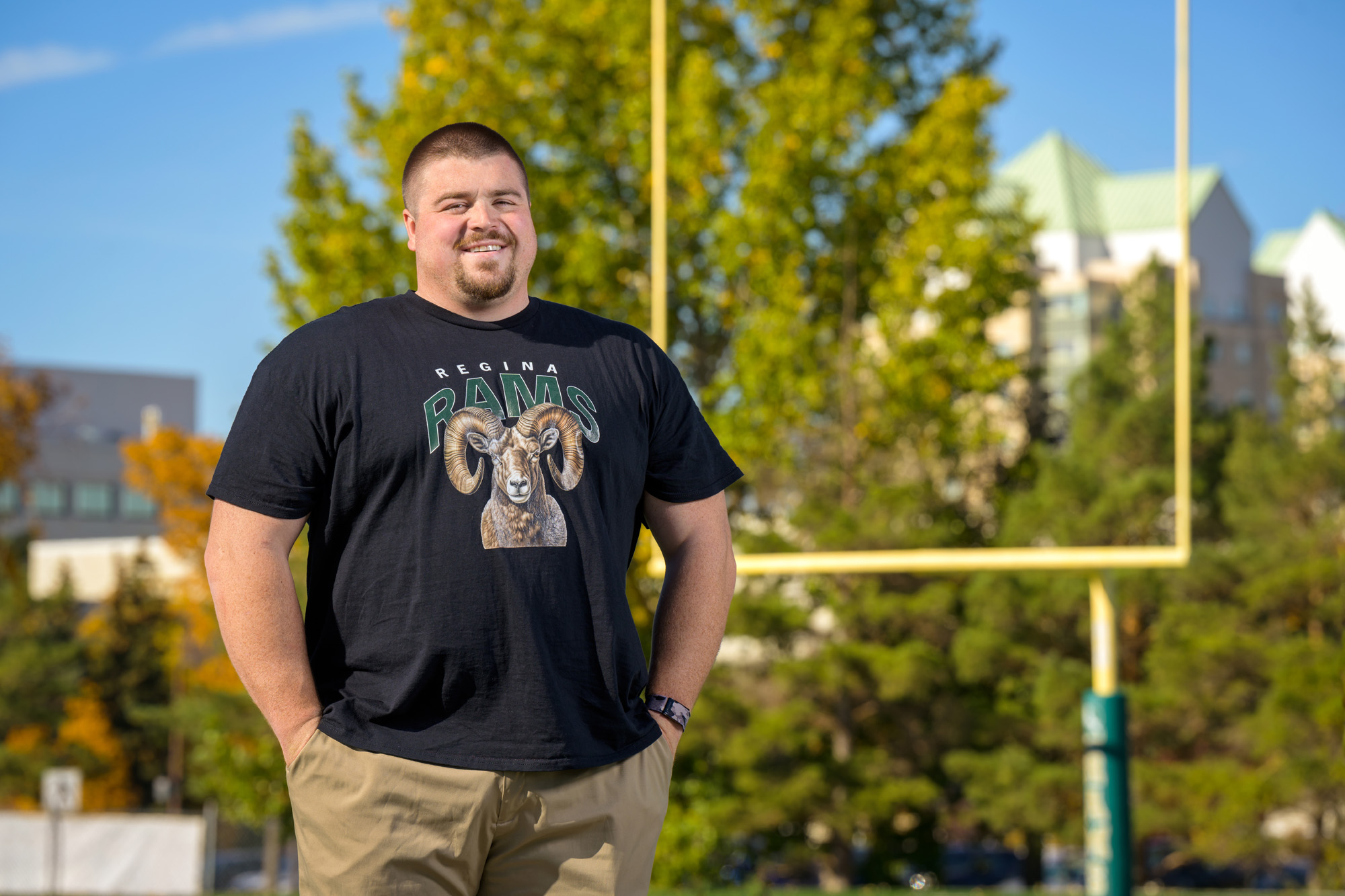
Brett Jones BASc'19
All photos: Trevor Hopkin, U of R Photography unless otherwise noted.
[post_title] => Five Over Fifty
[post_excerpt] => A lot can happen in 50 years — between completing degrees, embarking on fulfilling careers, starting families, and creating and contributing to communities here at home and around the world, our alumni have fascinating stories to tell. With this in mind, Degrees caught up with five athletic greats over the past five decades of varsity sport at the University of Regina.
[post_status] => publish
[comment_status] => open
[ping_status] => open
[post_password] =>
[post_name] => five-decades-five-athletes-copy
[to_ping] =>
[pinged] =>
[post_modified] => 2024-10-24 09:46:59
[post_modified_gmt] => 2024-10-24 15:46:59
[post_content_filtered] =>
[post_parent] => 0
[guid] => https://www.degreesmagazine.ca/?p=8644
[menu_order] => 0
[post_type] => post
[post_mime_type] =>
[comment_count] => 0
[filter] => raw
)
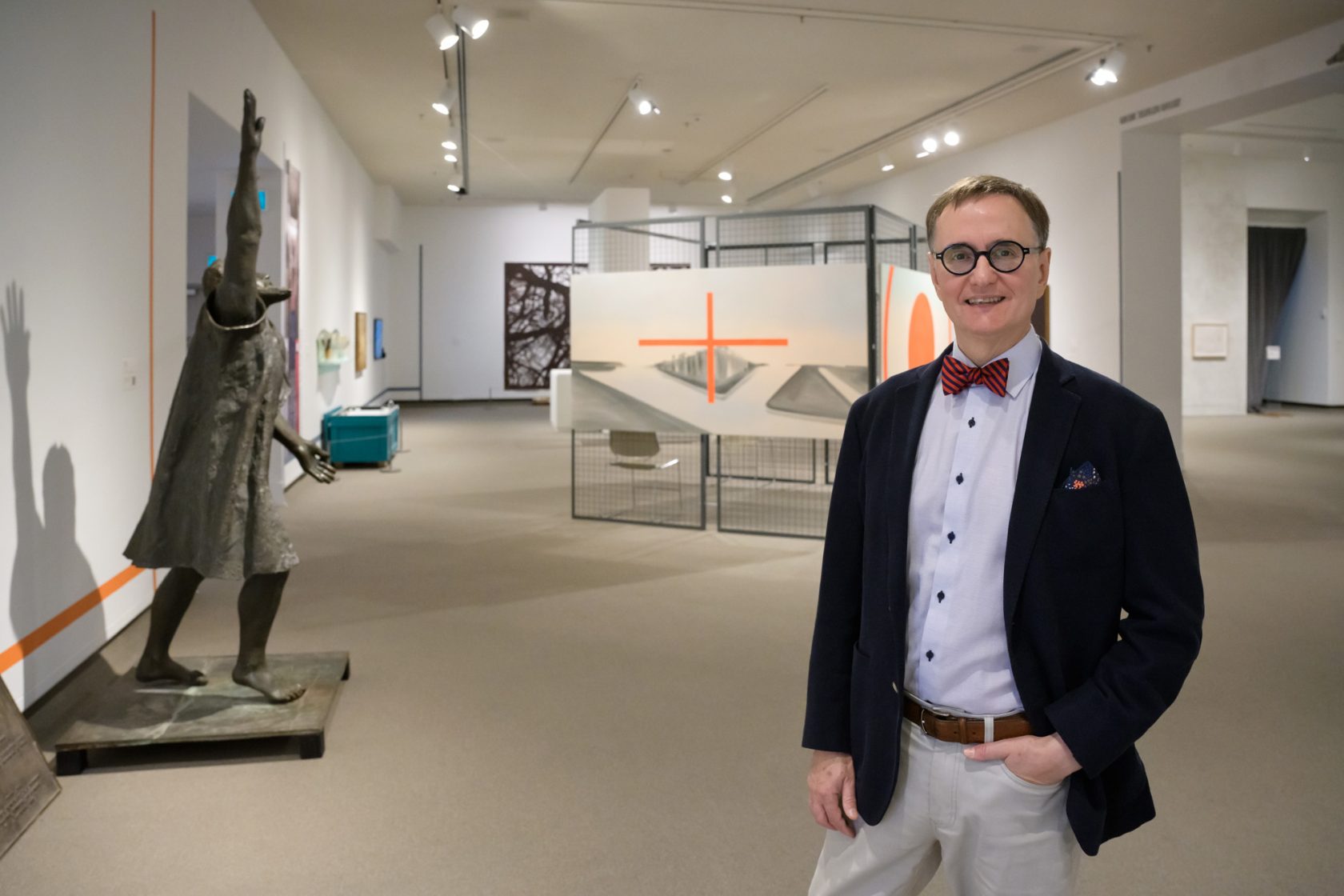
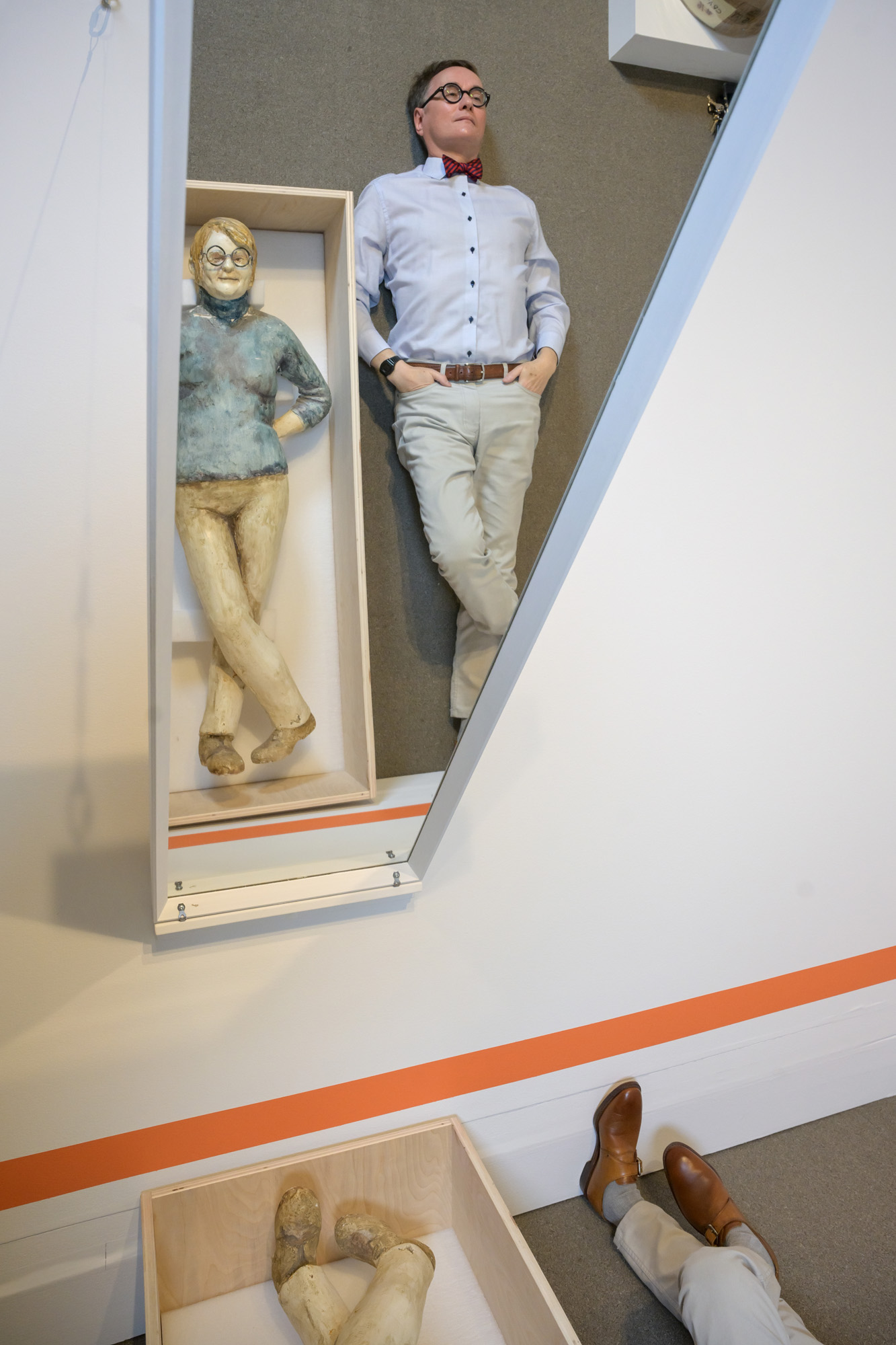
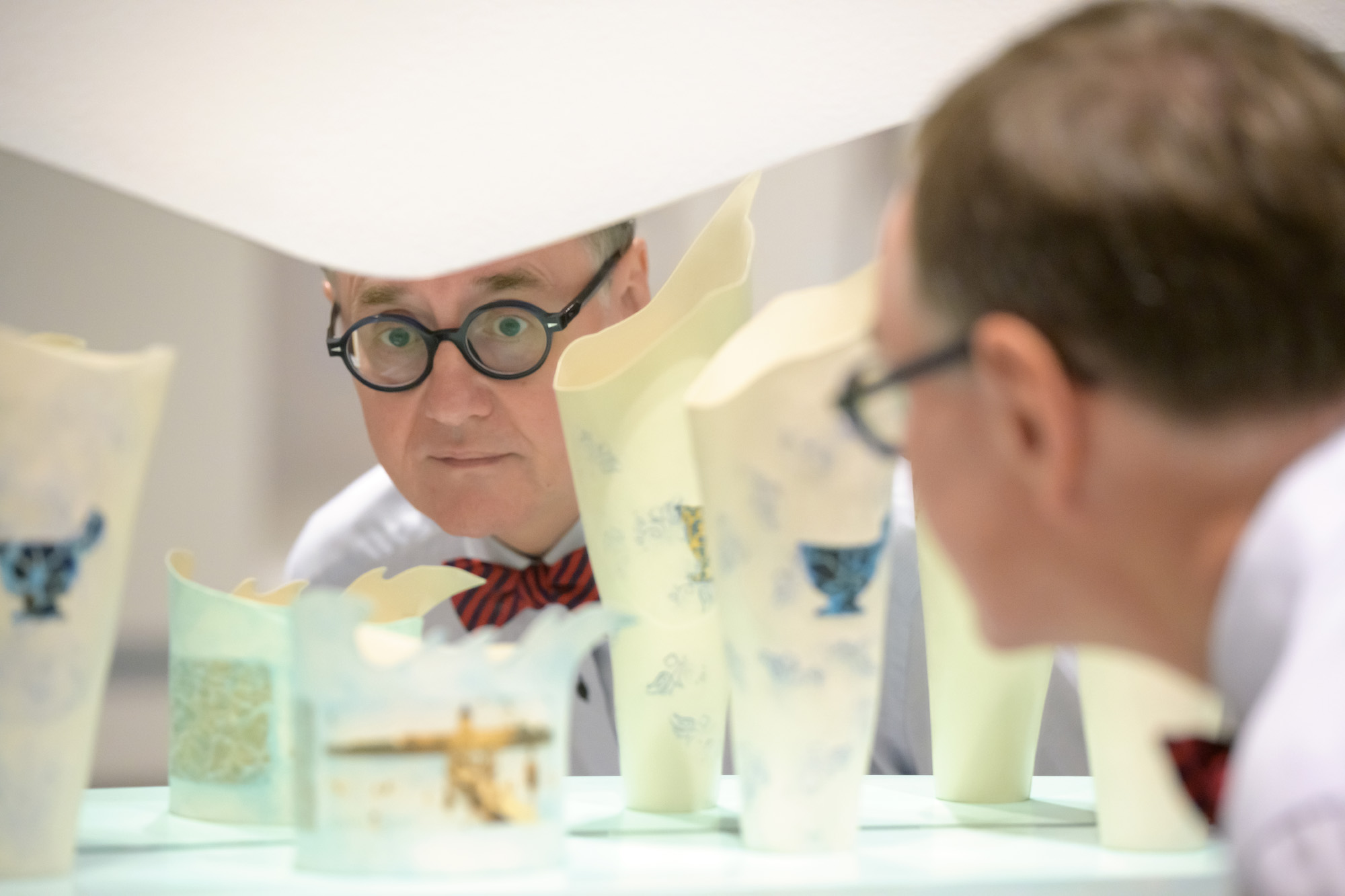
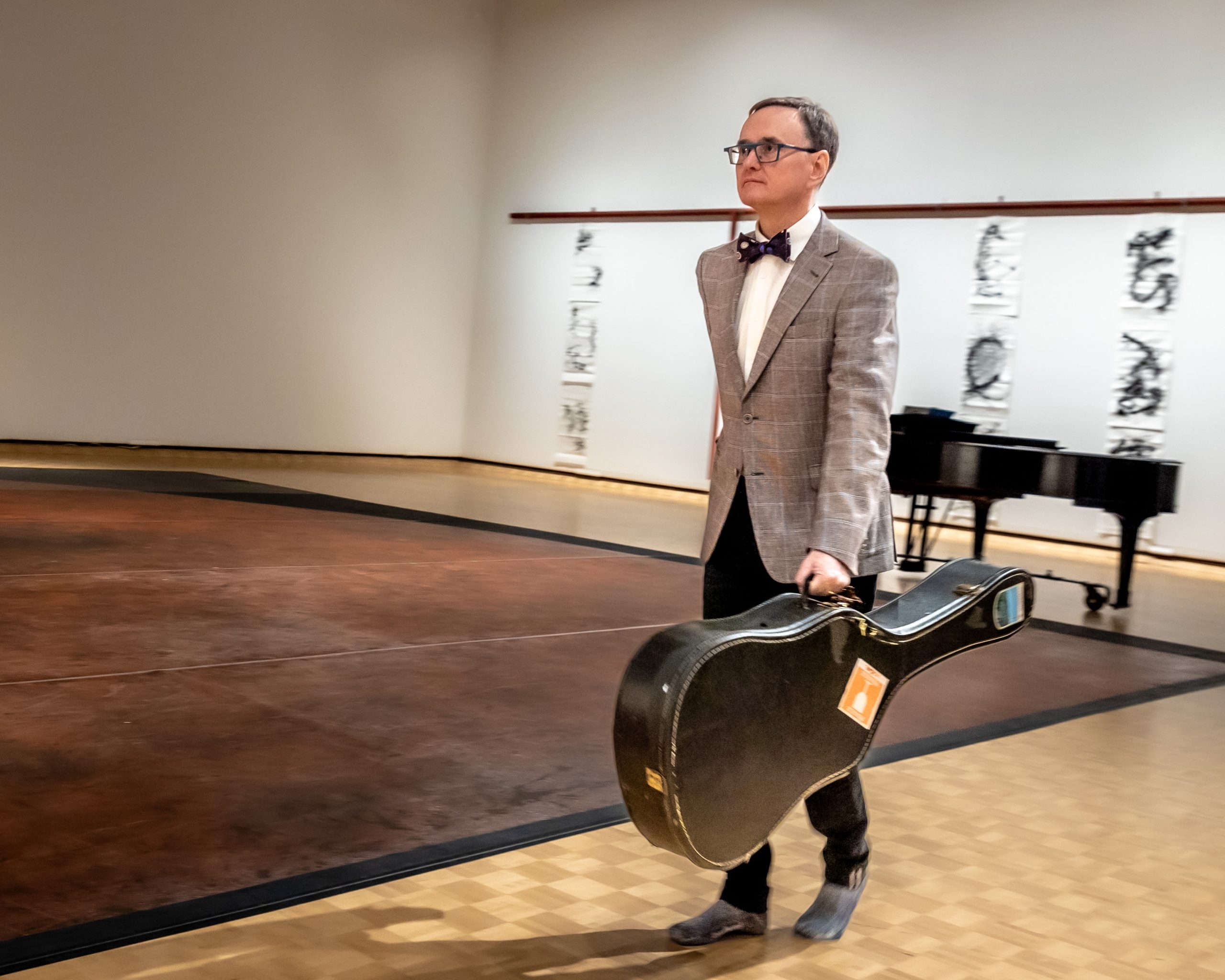

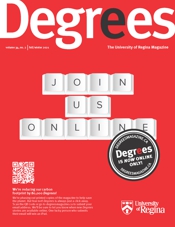

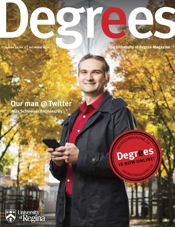


 Linda Vail Dodd BEd'74
Linda Vail Dodd BEd'74
 Chris Biegler BA'89, BASc'96. Photo: Leah Lawrence BASc'94
Chris Biegler BA'89, BASc'96. Photo: Leah Lawrence BASc'94
 Darrin McKechnie BA(Adv)'93
Darrin McKechnie BA(Adv)'93
 Meagan Cormier Hamilton BKin'16. Photo: Michael Hamilton
Meagan Cormier Hamilton BKin'16. Photo: Michael Hamilton
 Brett Jones BASc'19
Brett Jones BASc'19